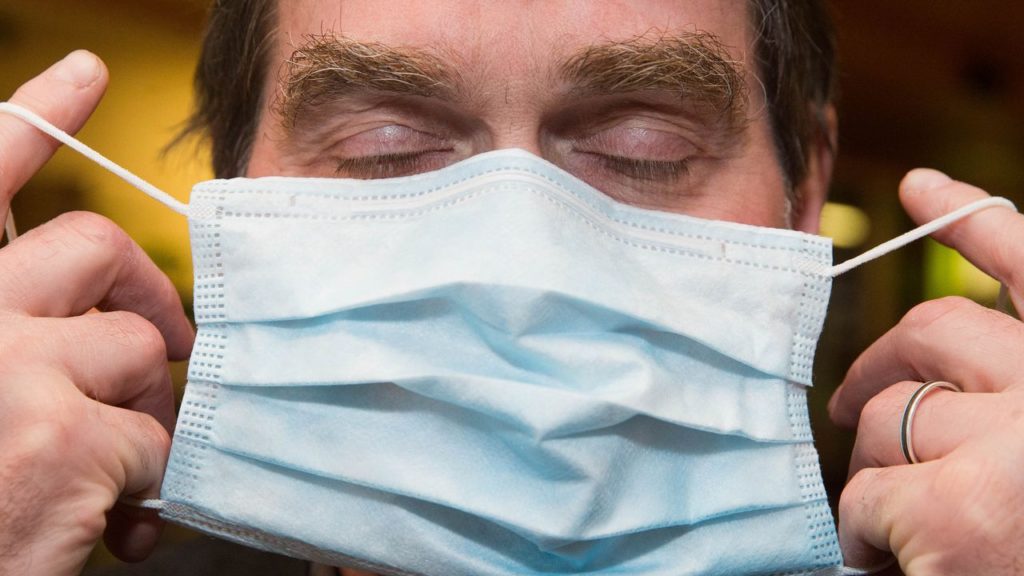Two specific cells in the nose are likely to be the entry points for the coronavirus to infect the body, a Dutch research project has suggested.
The Human Cell Atlas Lung project is led by immunologist Martijn Nawijn and lung specialist Maarten van den Berge, both of the university medical centre in Groningen. Together with researchers from Britain and France, they have identified goblet cells and ciliated cells as the likely entry points.
The coronavirus infects the respiratory tract, causing coughing, leading to breathing problems and ending in the worst cases in pneumonia leading to death.
Scientists know that the infection is spread via droplets produced by coughing and sneezing, which can either be inhaled directly or picked up from surfaced and introduced to the face by touching with contaminated hands.
But while scientists know that the virus infects the body in a similar way to the coronavirus that caused the SARS epidemic in 2003, no-one has yet been able to pinpoint exactly where it enters the newly infected host.
The key lay in two proteins used by the virus to enter the body. The team tested data from the Human Cell Atlas for 20 different kinds of tissue taken from people who were not infected, including cells from the lung, nasal cavity, eye, gut, heart, kidney and liver. They were looking for signs of the two entry proteins released when the virus enters the cell, then when it proceeds to multiply.
And while they found them in a number of different body cells, the most promising were the goblet cells in the nose, which produce mucus that helps warm and dampen the air we breathe, and the ciliated cells, also in the nose, which contain tiny hairs which keep foreign matter like dust particles from entering the airways.
“This is the first time these particular cells in the nose have been associated with COVID-19,” said Dr Nawijn. “While there are many factors that contribute to virus transmissibility, our findings are consistent with the rapid infection rates of the virus seen so far. The location of these cells on the surface of the inside of the nose make them highly accessible to the virus, and also may assist with transmission to other people.”
The cells were also found in the cornea of the eye, suggesting that the wearing of a common surgical face mask does not offer full protection from the virus.
Alan Hope
The Brussels Times

